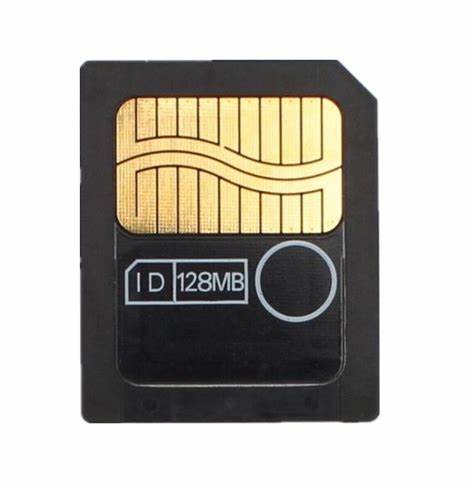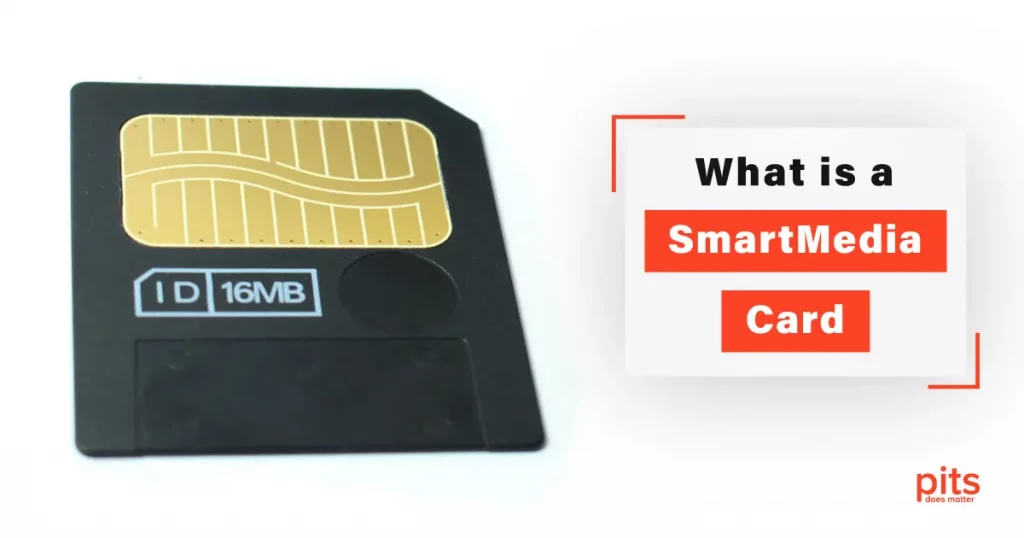In the ever-evolving digital world, the need for compact and efficient storage solutions has become paramount. SmartMedia Card, a pioneer in the flash memory card industry, has played a significant role in revolutionizing the way we store and transfer data. In this blog post, we will explore what a SmartMedia Card is, how it works, and the various benefits it offers to users across different domains.
Understanding SmartMedia Card
A SmartMedia Card is a type of flash memory card that emerged in the late 1990s. It was developed by Toshiba and became widely popular due to its compact size and storage capabilities. This removable storage medium is designed to store various types of data, including photos, videos, and documents. Its small form factor, measuring only 45mm x 37mm x 0.76mm, and lightweight design made it a preferred choice for a wide range of digital devices.
The SmartMedia Card operates on the principle of solid-state memory, meaning it has no moving parts. This provides a more reliable and durable storage solution compared to traditional mechanical hard drives. The card is equipped with NAND flash memory chips that use an electrical charge to store data.

When data is written to the card, the memory cells are programmed with electrical charges to represent the information.
Conversely, when data is read, the charges are detected to retrieve the stored content. The SmartMedia Card was available in various storage capacities, ranging from a few megabytes (MB) to 128 MB.
While these capacities may seem modest compared to modern storage solutions, they were groundbreaking at the time and provided sufficient space for storing images captured with early digital cameras.
Benefits of SmartMedia Card
Here are some of the advantages of SmartMedia cards:
1
Compact and Lightweight
The SmartMedia Card’s small form factor made it ideal for portable devices with limited space, such as early digital cameras and handheld PDAs. Its slim design allowed for easy storage and handling, and it quickly replaced the bulkier 3.5-inch floppy drives as a more practical option.
2
Fast Read-Write Speeds
The SmartMedia Card boasted impressive read and write speeds for its time. This meant that users could save images and other data quickly, allowing for smooth operations with digital cameras and other devices. Compared to magnetic storage options like floppy drives, the SmartMedia Card offered significantly improved data transfer rates.
3
Solid-State Reliability
Unlike traditional hard drives, the SmartMedia Card had no moving parts, which made it more resistant to physical shocks and vibrations. This solid-state reliability was crucial for digital photographers and other professionals who needed a durable storage solution.
4
Versatility
SmartMedia Cards were widely adopted across various digital devices, including digital cameras, music players, and handheld gaming consoles. Their compatibility with multiple devices made them a versatile and convenient choice for users who wanted a single storage solution for multiple purposes.
5
Easy to Use
Using a SmartMedia Card was a breeze. With a simple plug-and-play mechanism, users could easily insert the card into their devices and access the stored data without the need for additional software or drivers.
The SmartMedia Card played a crucial role in the advancement of portable storage solutions during its prime. While it has been largely superseded by newer and more capacious memory card formats, its legacy continues to inspire modern storage innovations. The SmartMedia Card’s compact size, solid-state reliability, and fast read-write speeds remain benchmarks for evaluating the efficiency of contemporary flash memory cards.
Though the SmartMedia Card may not be the preferred choice for modern devices, its contributions to the early digital era cannot be understated. It set the stage for the development of more advanced storage solutions, enabling us to embrace the digital age with confidence and convenience.
Frequently Asked Questions
What is a SmartMedia Card?
A SmartMedia Card is a type of flash memory card that was popular in the late 1990s and early 2000s. It was designed as a compact and portable storage solution for digital cameras and other electronic devices.
What capacities were available for SmartMedia Cards?
SmartMedia Cards were available in various capacities, ranging from a few megabytes (MB) to a maximum of 128 megabytes (MB). While it might seem small compared to modern storage options, these capacities were sufficient for storing images and data at the time.
What devices were compatible with SmartMedia Cards?
SmartMedia Cards were primarily used in digital cameras, where they served as the primary storage medium for captured photos and videos. They were also compatible with some other electronic devices like digital audio players and handheld PDAs, though their popularity in these areas was limited.
How did data transfer work with SmartMedia Cards?
SmartMedia Cards were read and written using a SmartMedia Card reader, which could be connected to a computer via a USB or PCMCIA interface. Users could transfer data, such as images and files, between the card and the computer by simply plugging the reader into a compatible port.
Is the SmartMedia Card still available for purchase today?
No, the SmartMedia Card is no longer manufactured, and it has been largely phased out by more modern and advanced storage solutions like SD cards and microSD cards. While it was once popular, it is now considered a legacy technology, and finding new SmartMedia Cards for sale is extremely rare.
